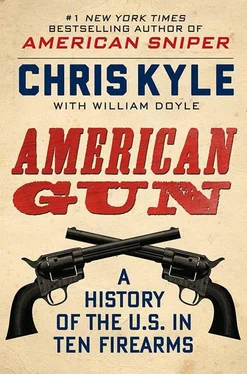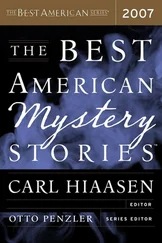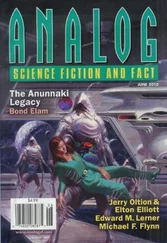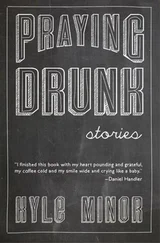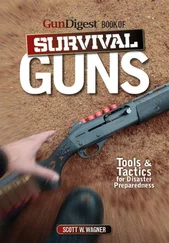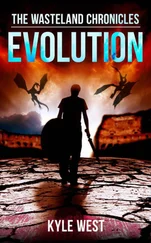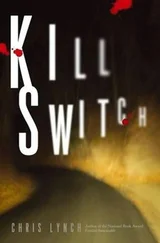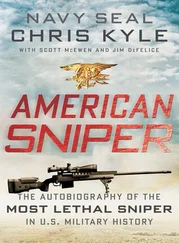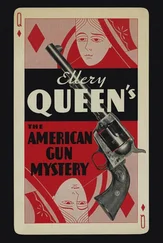
Sam Houston—and his long rifle—accept Santa Anna’s surrender.
Library of Congress
When Santa Anna was captured, he asked Sam Houston to “be generous to the vanquished.”
Houston told the prisoner curtly, “You should have remembered that, sir, at the Alamo.” Santa Anna would eventually be shipped off to Washington; he later returned to Mexico and in fact would go to war twice more, against France and finally against the U.S.
The epic revenge-victory at the Battle of San Jacinto marked the birth of a free American Texas, and it altered the fate of three republics: Mexico, Texas, and the United States, then a country barely fifty years old. Mexico was forced to sign a withdrawal and peace treaty three weeks later that conferred legitimacy on the new Republic of Texas. Mexico never ruled Texas again, despite periodic raids in the 1840s. The United States absorbed the Republic of Texas in 1845, plus more Mexican land after the Mexican War in 1848.
If you drive about twenty-five miles southeast of downtown Houston today, you’ll come across the 570-foot-tall San Jacinto Monument, the world’s tallest memorial column. (Everything’s bigger in Texas, right?) The inscription reads, in part: “Measured by its results, San Jacinto was one of the decisive battles of the world. The freedom of Texas from Mexico won here led to annexation and to the Mexican-American War, resulting in the acquisition by the United States of the states of Texas, New Mexico, Arizona, Nevada, California, Utah and parts of Colorado, Wyoming, Kansas and Oklahoma. Almost one-third of the present area of the American Nation, nearly a million square miles of territory, changed sovereignty.”
Not a bad day’s work for Sam Houston and his riflemen.
The battles of the Alamo and San Jacinto were crossroads battles, fought on the edges of several great eras of gun technology, when the flintlock was destined to give way to the caplock, the single-shot to revolving and repeating guns, and the muzzle-loader to the breechloader.
By the time it left the stage, the American long rifle helped give birth to a new nation. Generations of men and guns would now rise to save the United States from tearing itself apart, and raise it to a place of glory.
2
THE SPENCER REPEATER

“What kind of Hell-fired guns have your men got?”
—Anonymous Confederate prisoner, 1863
Abraham Lincoln was thinking about guns.
It was a clear, beautiful morning in the spring of 1861, and the recently elected President had two things on his mind—firearms, and the survival of the United States of America. So he left the hubbub of the White House, with its long line of petitioners and politicians, and went out to do some target shooting. Walking into a weed-and-garbage-strewn field east of the White House that served as his personal gun-testing range, he took stock of his weapons, a pair of new-fangled long guns. Both purported to let a man fire several shots before he had to stop and reload. That was a powerful promise under any circumstances, but especially on the field of battle. It was a promise that, if kept, could determine the course of the Civil War and help preserve the Union.
The weapons of war had evolved in the four score and odd years since independence had been won, but they would have still been recognizable to anyone who’d marched at Yorktown. The primary weapon of the U.S. Army and the recently formed Confederacy were smooth-bore muskets like the Springfield Model 1842. Unlike their Revolutionary War forebears, these modern muskets used percussion locks. In a flintlock, as you may recall, a piece of flint held in the hammer is struck to make a spark, creating a fire in a pan of fine priming powder, which in turn ignites the gunpowder charge and sends the bullet flying. Anyone who’s tried to light a match in the middle of a rainstorm knows the downside to that. Damp primer, wet powder, a worn flint—so many steps almost guarantee complications.
It might not have been foolproof, but the percussion cap simplified the process, making the gun less vulnerable to bad weather and random voodoo. A hammer hit a small cap, causing the material it held to explode. (That mercury fulminate your chemistry teacher warned you about was used as a primer at the time.) The explosion ignites the gunpowder charge, and off we go.
Increasing the dependability and simplicity of infantry weapons was an important step in the evolution of firearms, but other improvements were needed. The most obvious was accuracy. Bullets fired from smooth-bore muskets were notoriously fickle. To have any chance at all of striking his opponent, a soldier had to get pretty close to him. That’s not a popular activity on a battlefield.
Rifles were a solution. Loading bullets into a rifled barrel became much easier with the invention of the Minié-ball. Named after its inventor, the French gunmaker Claude-Étienne Minié, the cone-shaped projectile fit loosely enough to be easily inserted down a rifled muzzle. Its hollowed lead base expanded once the gun was fired, snugging it up against the barrel. The bullets had a side benefit—or a side horror, depending on whether you were on the receiving end of one or not. The .58-caliber projectile common at the time flattened and deformed on impact, shredding organs and bones and tearing out gaping exit wounds. Given the state of battlefield medicine at the time, the Minié-ball was truly an angel of death.
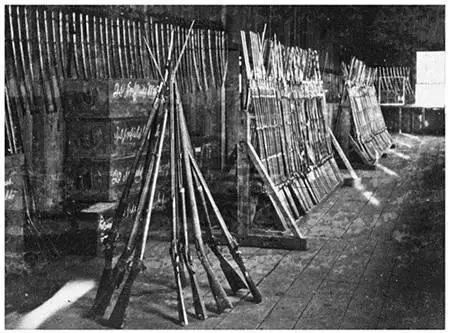
Muzzle-loading Springfield and British-made Enfield muskets were the dominant infantry weapons during the Civil War. Above: “20 Enfield Muskets” reads the writing on the crates in this Confederate arsenal. Below, Union troops pose with identical weapons.
Library of Congress
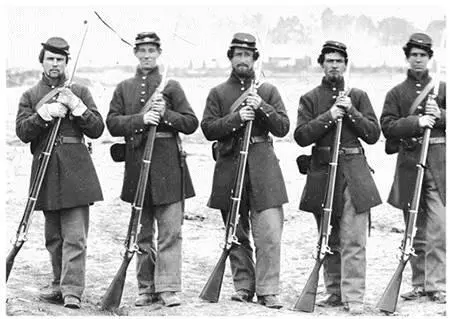
Rifle-muskets such as the Springfield 1861 and the 1853 Enfield quickly became the mass-produced standard infantry gun as the conflict revved up. By the time Lincoln went out that fine morning, both North and South were trying to get as many of them as they could. But there’s one thing every soldier knows: the quicker your reload time, the better your odds of living to fight another day. Ol’ Abe had spent a bit of time in the militia during the Black Hawk War, and I suspect that lesson was still fresh in his mind some thirty years later out on the White House lawn. The weapons he was testing were capable of firing several rounds before a soldier had to stop and reload.
The first gun Lincoln picked up was believed to be a Henry Repeater. It was a lever-action rifle that could reliably fire sixteen shots in stunning succession using a tube magazine that ran down beneath the barrel of the gun to the breech. It could be loaded relatively fast through an opening at the end of the tube.
The weapon had been manufactured by the New Haven Arms Company. New Haven had been purchased by a man named Oliver Winchester a few years before. Winchester was pretty wily for a Yankee; he’d bought the company for a song from two guys named Smith & Wesson when they hit financial problems in 1857. We’ll come back to Misters Smith & Wesson later.
Читать дальше
